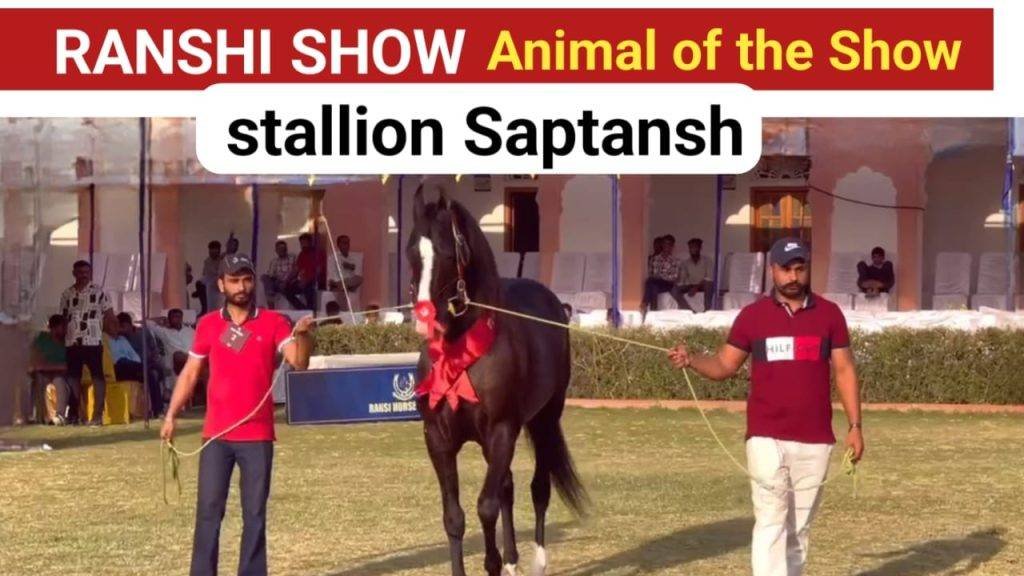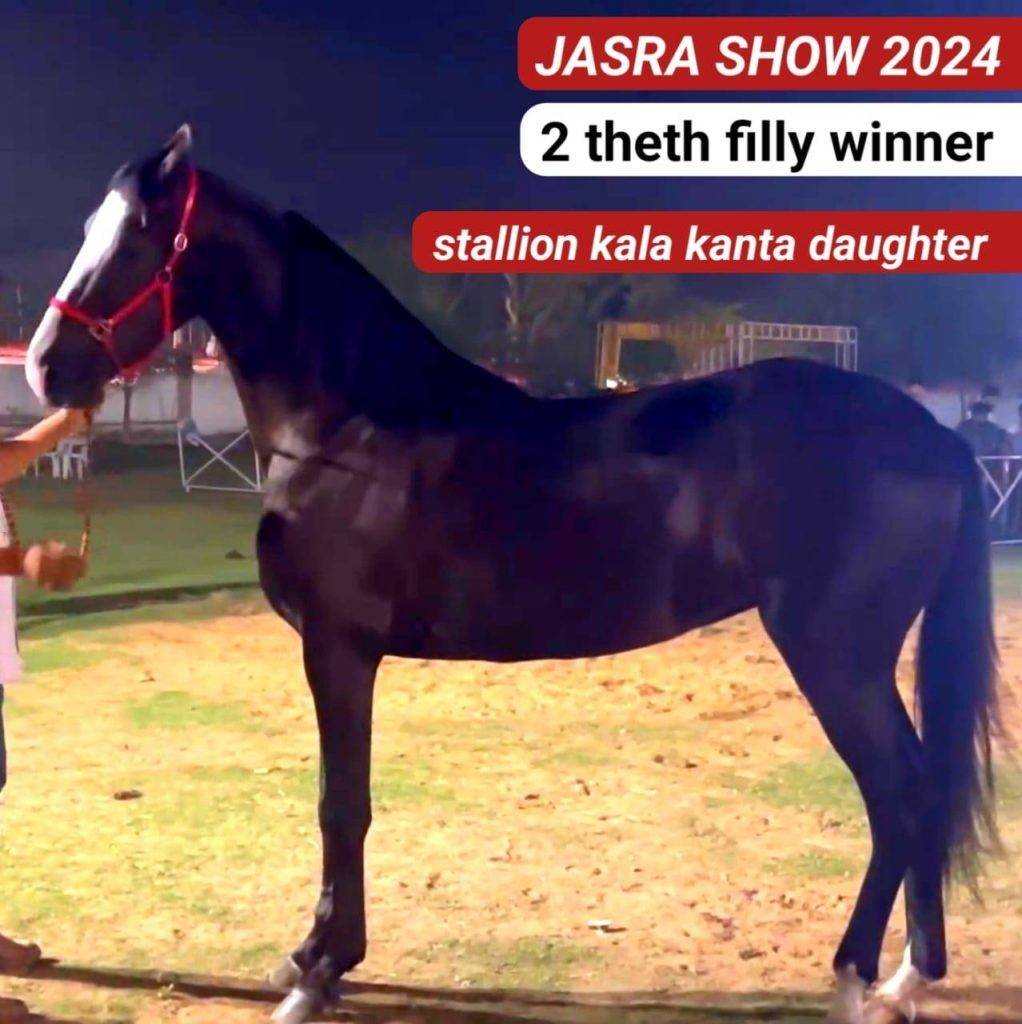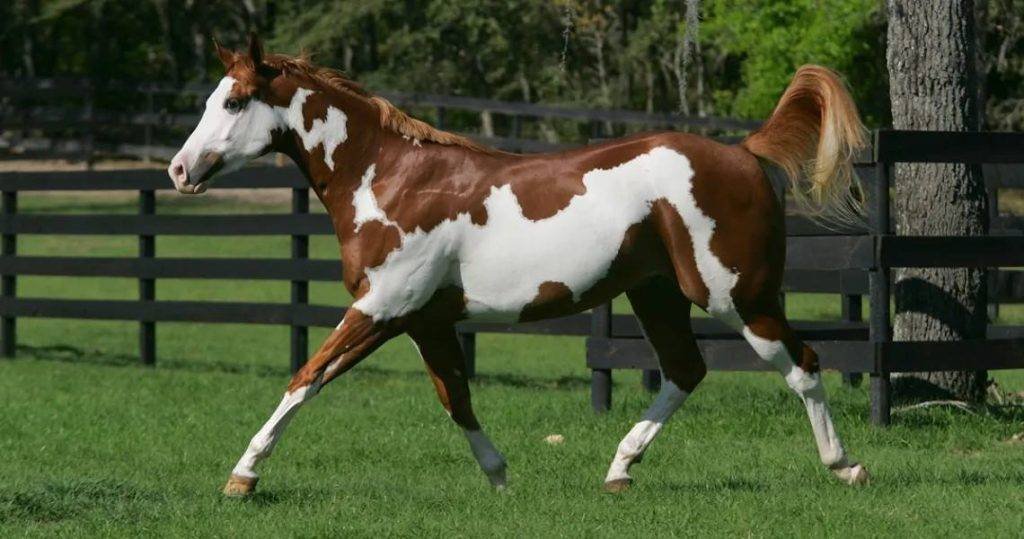One of the most captivating things about horses is their movement.
Whether it’s the rhythmic beat of a trot, the elegant stretch of a canter, or the thunderous charge of a gallop, horses express their power and personality through the way they move. Understanding horse gaits isn’t just for riders and trainers — it’s also a window into equine health, breed characteristics, and even history.
Horses are naturally designed for motion. As prey animals, their survival once depended on speed, agility, and endurance. Today, those same traits make them exceptional companions in everything from trail riding to racing, dressage to ranch work.
The Four Natural Gaits
All horses, regardless of breed, perform four natural gaits — each with its own rhythm, footfall pattern, and purpose. These are:
1. Walk
The walk is a four-beat gait, meaning each of the horse’s four feet hits the ground at a separate time. It’s the slowest of the basic gaits, averaging around 6.4 km/h (4 mph). In the walk, the horse moves one foot at a time in a consistent, smooth rhythm. This gait is the foundation of trust and relaxation, both for beginner riders and seasoned equestrians.
2. Trot or Jog
The trot is a two-beat gait where diagonal pairs of legs move together (left front with right hind, then right front with left hind). It’s faster than the walk, averaging 13 to 19 km/h (8 to 11.8 mph). The trot can vary in style and speed — from the collected trot seen in dressage to the faster trot of a harness racing horse. Western riders often refer to a slower version as the jog.
3. Canter or Lope
The canter, also called the lope in Western riding, is a three-beat gait. It’s faster and more elevated than the trot, averaging 19 to 24 km/h (12 to 15 mph). The footfalls create a rolling motion, making it a favorite among riders for its comfort and grace. Horses can canter on either the left or right lead, depending on which front leg leads the movement.
4. Gallop
The gallop is the horse’s fastest natural gait, a stretched-out version of the canter that is also four-beat but includes a moment of suspension where all four feet are off the ground. Horses gallop at speeds between 40 to 48 km/h (25 to 30 mph), though elite racehorses can sprint much faster. The fastest gallop on record reached 70.76 km/h (43.97 mph) — a testament to equine athleticism.
Alternative Gaits: Pace and Ambling
While all horses share the four basic gaits, some breeds possess unique, alternative gaits that can be smoother or faster depending on the purpose.
The Pace
Instead of trotting, some horses perform a two-beat pace where the legs on the same side move together (left front and left hind, then right front and right hind). This gait is common in Standardbred harness racers and can be faster than a traditional trot. However, it can feel choppier for riders, so it’s mostly seen in racing rather than riding.
Ambling Gaits
Ambling gaits are four-beat gaits that replace the trot in certain breeds. They’re smoother to ride and often occur at speeds similar to the trot or pace. These gaits are naturally occurring in gaited horse breeds — horses genetically inclined to perform them. Common ambling gaits include:
- Rack: A flashy, lateral four-beat gait performed with high action.
- Running Walk: A faster, gliding walk unique to the Tennessee Walking Horse, where the hind legs reach well under the body.
- Tölt: A smooth four-beat gait popular in Icelandic Horses, allowing speed and stability.
- Fox Trot: A diagonal four-beat gait where the front foot lands before the diagonal hind, associated with Missouri Fox Trotters.
These gaits are often more comfortable for riders, especially over long distances, and make gaited horses popular in trail and pleasure riding.
The Genetics of Movement
Not all horses can perform the same gaits. The ability to pace or amble is genetic and breed-specific. A horse that naturally trots likely won’t pace, and vice versa. Breeds known for their gaited movement include the Paso Fino, Peruvian Paso, Icelandic Horse, Tennessee Walking Horse, and Missouri Fox Trotter.
The presence of special gaits is often linked to the DMRT3 “gait gene”, discovered in recent equine genetic research. Horses with a particular variant of this gene are more likely to naturally perform smooth intermediate gaits, explaining why some breeds can move so differently from others.
Training and Movement
While movement is largely instinctive, it can be refined through training. Riders can teach horses to improve rhythm, balance, and transitions between gaits. In disciplines like dressage, reining, or show jumping, how a horse moves is a key part of its performance.
However, gaits can also provide insight into soundness and health. An uneven gait may indicate lameness or discomfort, while a well-balanced gait shows fitness and comfort.
Final Thoughts
From the gentle sway of a walk to the heart-pounding thrill of a gallop, horses express themselves through their gaits. Movement is not just about speed — it’s about communication, comfort, and capability. Whether you’re watching from the sidelines or holding the reins, recognizing and appreciating the natural and special gaits of horses deepens your connection with these incredible animals.
Every hoofbeat tells a story — and in every stride, there’s a reminder of the horse’s grace in motion.




